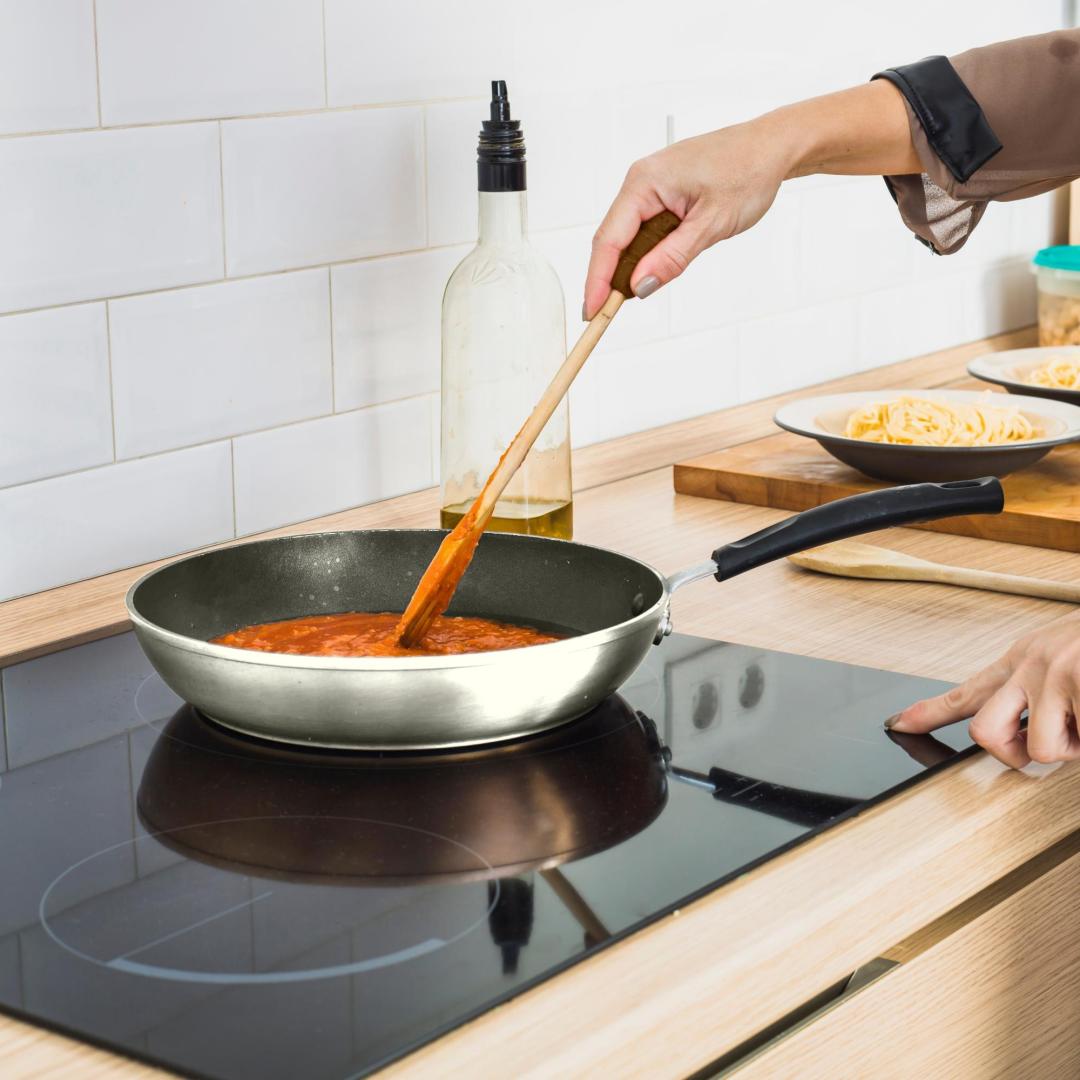The sizzle of eggs sliding effortlessly from a pan or the golden crust of a seared salmon—every home cook craves that perfect release. But with concerns about chemicals, durability, and sustainability, choosing between ceramic and nonstick cookware isn’t just about convenience. Let’s break down the facts, minus the jargon, so you can cook confidently.
Ceramic Cookware: The Health-Conscious Choice
Ceramic pans use a mineral-based coating free of PFAS, PFOA, and PTFE—chemicals linked to health risks in older nonstick models. Made from sand-derived silica, this natural coating offers a non-toxic surface safe for everyday cooking.
Why It Shines:
- Safety First: No harmful fumes, even if overheated (unlike traditional nonstick).
- Eco-Friendly: Recyclable materials and fewer synthetic chemicals.
- Heat Retention: Distributes heat evenly, ideal for slow simmers or sautéing veggies.
Trade-Offs:
- Shorter Lifespan: Coating wears faster (2-3 years with daily use).
- Gentle Care Needed: Hand-wash only; metal utensils can scratch.
- Higher Cost: Premium options run 30-50% more than basic nonstick.
Best For: Home chefs prioritizing health, sustainability, and versatile stovetop-to-oven cooking.
Nonstick Cookware: Safe Convenience When Used Right
Modern nonstick pans use PTFE (polytetrafluoroethylene), a synthetic coating that provides effortless food release. Post-2015 manufacturing standards in the U.S. and EU ban PFAS (including PFOA/PFOS)—chemicals once used in older nonstick coatings. Today’s PTFE-based pans are PFOA/PFOS-free and safe when used under 500°F (260°C).
Why It’s Improved:
- No Legacy Toxins: PFAS-free per modern regulations.
- Stable PTFE: Deemed safe by the FDA below 500°F—ideal for eggs, pancakes, and fish.
- Quick Cleanup: Perfect for rushed mornings.
Handle With Care
- Temperature Limits: Avoid high-heat searing or broiling (over 500°F releases fumes).
- Utensil Rules: Use silicone or wood tools to prevent scratches.
- Lifespan: Replace every 2-3 years as the coating wears.
Best For: Low-to-medium heat tasks where convenience trumps longevity.
Comparison Table
| Factor | Ceramic | Non Stick |
| Chemicals | PFAS/PFOA-free; nontoxic | PTFE-based (PFOA/PFOS-free); safe if modern & under 500°F |
| Heat Safety | Safe up to 550°F - 600°F (287°C - 315°C) | Safe below 500°F (260°C) |
| Durability | 2-3 years (gentle use) | 1-2 years (gentle use) |
No pan is perfect, but the right choice simplifies your cooking journey. Whether you prioritize a non-toxic kitchen or crave hassle-free mornings, both options have a place in modern homes.
Happy cooking—and may your pancakes always flip flawlessly.
